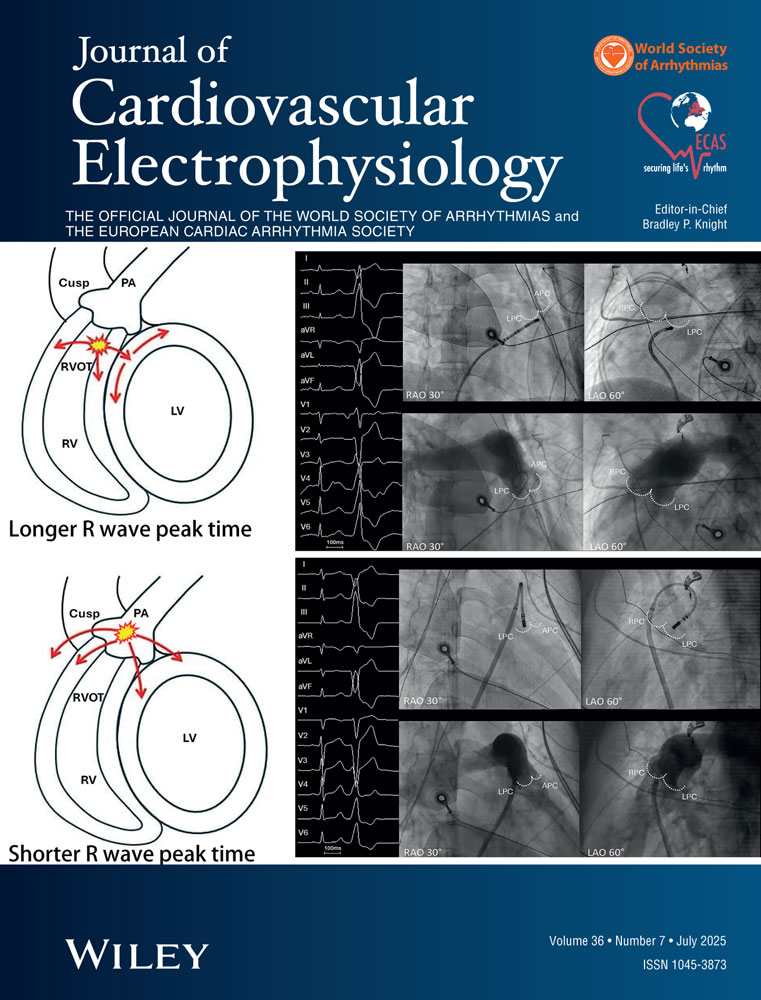Ionic Basis for Action Potential Prolongation by Phenylephrine in Canine Epicardial Myocytes
This work was supported by National Institutes of Health (NIH) Program Project Grant HL-28y58. During portions of this work. Dr. Liu was supported by NIH Program Project Grant HL-07271.
Abstract
Phenylephrine Action on Repolarization. Introduction: In canine ventricle, α-adrenergic agonists prolong action potential duration (APD) without any effect on the action potential notch, suggesting that, in this species, the effect on repolarization might he independent of inhibition of Ito. The present study investigated the action of the α-adrenergic agonist phenylephrine on the action potential and the repolarizing currents Ito and IK in isolated canine epicardial myocytes.
Methods and Results: Isolated cells from canine epicardial tissue, and Purkinje fibers, were studied with the whole cell, voltage clamp method. Phenylephrine 0.1 μM increased APD by 13%± 4% at 90% repolarization without affecting the notch or amplitude. Under voltage clamp, concentrations of phenylephrine as high as 10 μM had no effect on Itp in canine epicardial myocytes. However, Ito of isolated canine Purkinje myocytes was reduced to 69%± 7% of control by 1 μM phenylephrine. Further studies in canine epicardial myocytes revealed an action of phenylephrine to inhibit Ik, and in particular IKs Using a voltage protocol that included a two-step repolarization to separate IKs and IKr tail components, the largely 1Ke, component was not significantly affected by 1 μM phenylephrine, whereas the largely IKs component was reduced to 81%± 5% of control value.
Conclusion: α-Adrenergic prolongation of repolarization in canine epicardium does not result from inhibition of Ito. Rather, it appears that reduction of IKs contributes to the action of phenylephrine. The unresponsiveness of epicardial Ito is not a general characteristic of the canine heart, because Purkinje myocyte Ito was inhibited, suggesting regional differences in the molecular basis of lto, and/or a-adrenergic signaling in the canine heart.




